What purpose is served by saying that men like Maxton are in Fascist pay? Only the purpose of making serious discussion impossible. It is as though in the middle of a chess tournament one competitor should suddenly begin screaming that the other is guilty of arson or bigamy. The point that is really at issue remains untouched. Libel settles nothing.
—George Orwell, Homage to Catalonia
(James Maxton was a Scottish socialist politician and orator of the earlier twentieth century, and the leader of the Independent Labour Party. He was extensively libelled in the Communist press for publishing remarks critical of the Republican side’s conduct in the Spanish Civil War. It should not be necessary to add, but perhaps is, that he was never in Fascist pay.)
If you have followed a link to this page, it’s probably because I tangled with someone on the Internet trying to win an already-lost argument by escalating it to a flamewar, and calling his opponent a Fascist (or equivalent name). I am putting this here so I won’t have to repeat the point ad nauseam in other people’s comboxes.
My own combox, fortunately, is a place where I have never needed to resort to such measures. I thank you, my 3.6 Loyal Readers, for your civility even in disagreement and your warm-hearted support at the other times. You are, each of you, a joy to be prized, and I thank you. A very happy and prosperous New Year to you all!

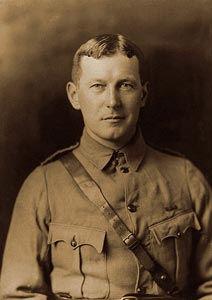
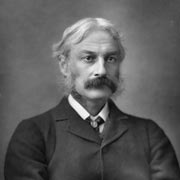
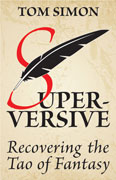
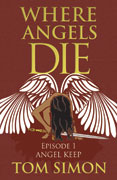
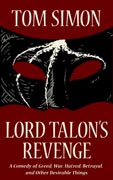

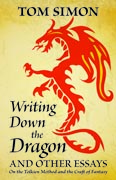
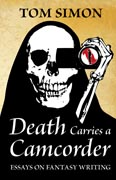

Recent Comments